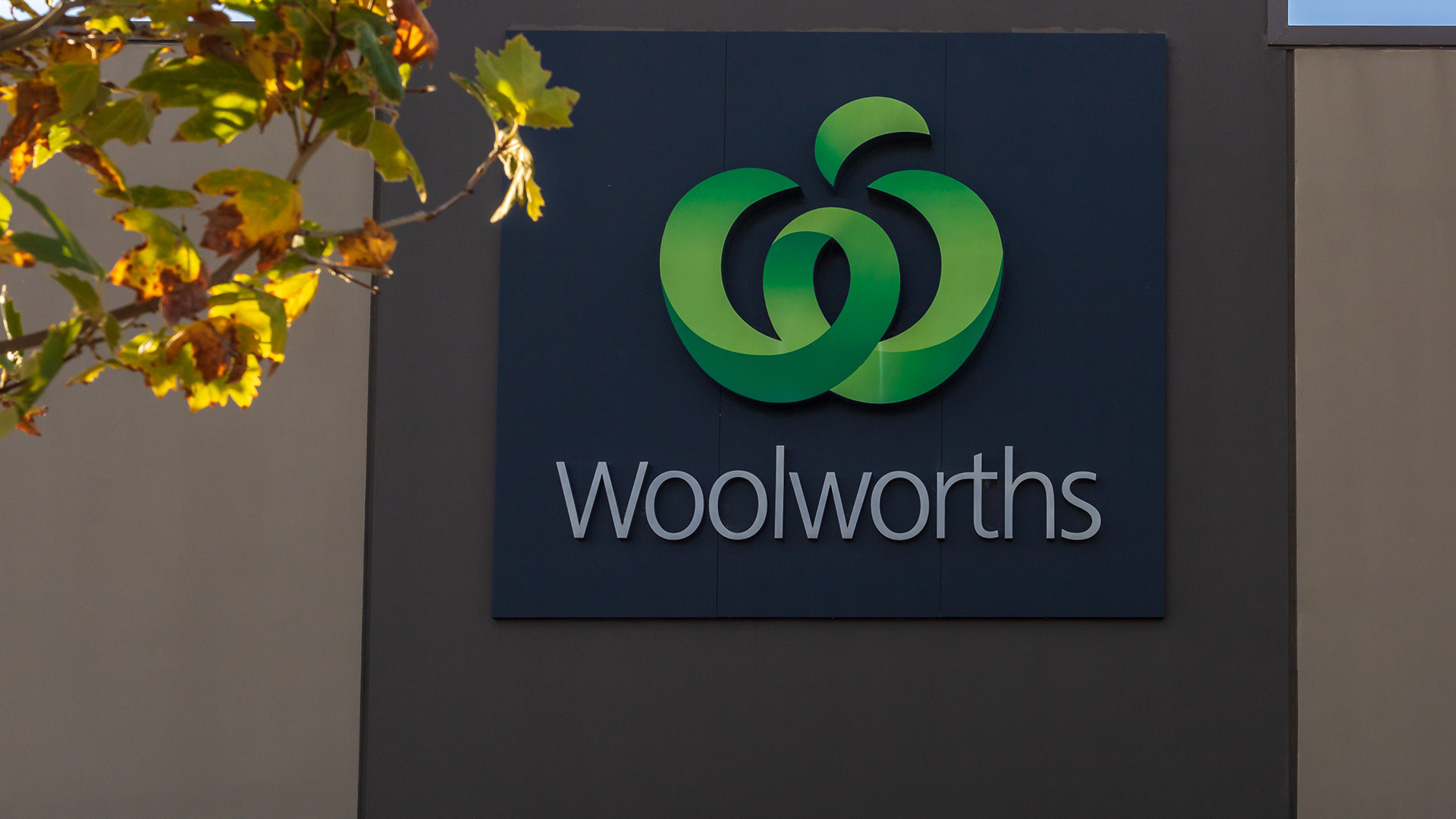No change in interest rates yesterday, but an increase is looming, perhaps next month or in July after the RBA Governor Glenn Stevens made a significant change to the statement issued after yesterday’s rate setting meeting of the bank’s board.
The meeting left the official cash rate unchanged at 4.75%, the level reached when the RBA last raised rates on November 2 last year.
In contrast India lifted its key rate half a per cent to 7.25% and the OECD last night said inflation in the world’s most developed countries was picking up.
The OECD reported that prices across its economies rose by 2.7% in the year to March 2011, compared with 2.4% in February.
The price rises were driven largely by an acceleration in energy prices which grew by an alarming 12.4% in March, compared with 10.2% in February. Food prices rose by more than 3%.
So we are, like it or not, part of a growing worldwide trend, even if our higher inflation is due more to the floods and cyclone in Queensland in January.
The Australian dollar fell around 1 US cent overnight to $US1.0825. It’s now down almost 2 USc from its peak above $US1.10 earlier this week.
That’s despite the quite clear warning from the RBA.
The final paragraph of yesterday’s statement from Governor, Glenn Stevens read:
"At today’s meeting, the Board judged that the current mildly restrictive stance of monetary policy remained appropriate. In future meetings, the Board will continue to assess carefully the evolving outlook for growth and inflation."
Compare that to the end of the statement issued after the April 5 meeting, when the RBA Governor said:
"At today’s meeting, the Board judged that the current mildly restrictive stance of monetary policy remained appropriate in view of the general macroeconomic outlook."
Shorter and unqualified, unlike yesterday’s which shows the bank is once becoming more worried about inflation and wage costs.
The central bank will provide new forecasts for growth and inflation in the second Statement of Monetary Policy for 2011, which is out on Friday morning.
In that statement the bank will flesh out its views of the direction of the economy over the next few months.
But we got a good idea of that from yesterday’s statement from Mr Stevens.
The upshot is that the steady as she goes stance has been abandoned and now we are on rate rise positive watch, starting with the retail sales tomorrow building approvals for March, and more importantly, the labour force data next week for April.
Talk yesterday of a rate cut was just that; but if inflation dropped and growth slowed sharply in coming months (excluding the negative GDP report for the March quarter, which is now being forecast by the central bank) then I suppose a trimming of rates could occur.
But with electricity charges to flow through into the CPI this quarter and the June quarter, there’s more chance of another solid 1% reading in the CPI in late July and a rate rise in August. A sharp fall in the CPI looks very uncertain at the moment.
So if next week’s jobs figures are a repeat of the very strong report we had for March, then rates will rise. (Remember that if the jobs market starts worsening, as it could in coming months, that might be enough to delay any rate rises).
But a solid jobs report for April next week and the odds will rise of a rate increase in June, which is sooner than many economists have forecast.
The RBA will also ignore the spate of earnings downgrades now emerging from the update period for listed companies (Asciano, Fairfax and APN, for example).
The AMP’s chief economist, Dr Shane Oliver said in a comment yesterday:
"The Reserve Bank did the right thing by leaving interest rates on hold.
While the tone of the Governor’s Statement was marginally more hawkish than last month with references to the higher than assumed terms of trade and a reference to inflation likely rising over the longer term implying that the RBA retains a bias to raise interest rates, it clearly sees no urgency to act.
With inflation likely to come in close to target over the year ahead, uncertainty remaining about the short term strength of the economy and the strong Australian dollar becoming an increasing constraint on the economy and inflation it’s hard to see the RBA acting on its tightening bias until around August.
"So homeowners with a mortgage can breathe of sigh of relief for the next few months at least."
The guts of the Governor’s statement were:
The natural disasters over the summer have reduced output in some key sectors and the resumption of coal production in flooded mines is taking longer than initially expected.
It is likely this caused a decline in real GDP in the March quarter.
Production levels should, however, recover over the months ahead, and there will be a mild boost to demand from the rebuilding efforts as they get under way.
Over the medium term, overall growth is likely to be at trend or higher.
Growth in employment has moderated over recent months and the unemployment rate has been little changed, near 5 per cent.
Most leading indicators suggest further growth in employment, though most likely at a slower pace than in 2010. Reports of skills shortages remain confined, at this point, to the resources and related sectors.
After the significant decline in 2009, growth in wages has returned to rates seen prior to the downturn.
Overall credit growth remains quite modest. Signs have continued to emerge of some greater willingness to lend, and business credit has resumed growth after a period of contraction.
Growth in credit to households, on the other hand, has softened recently, as have housing prices in several cities.
The exchange rate ha













